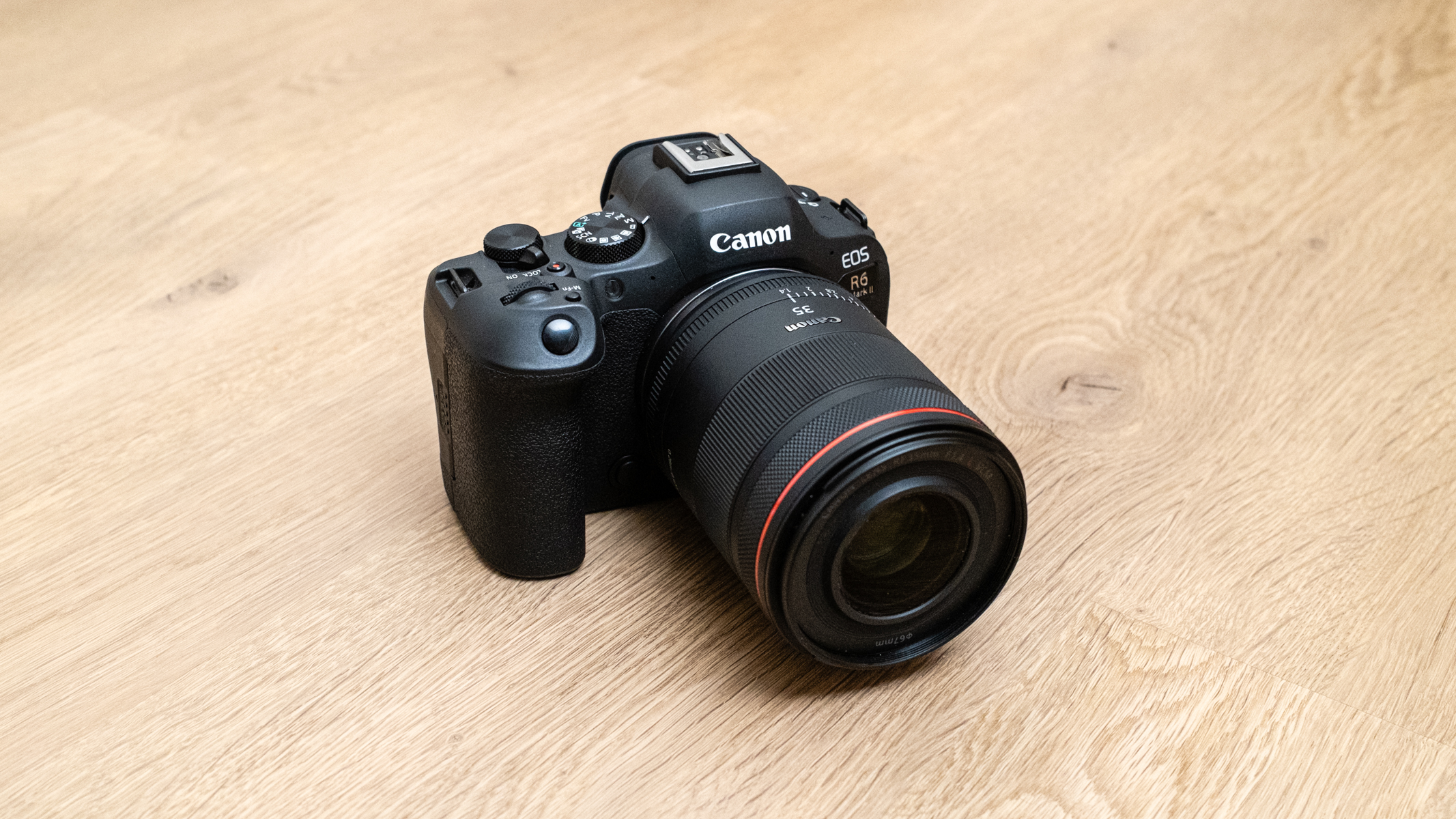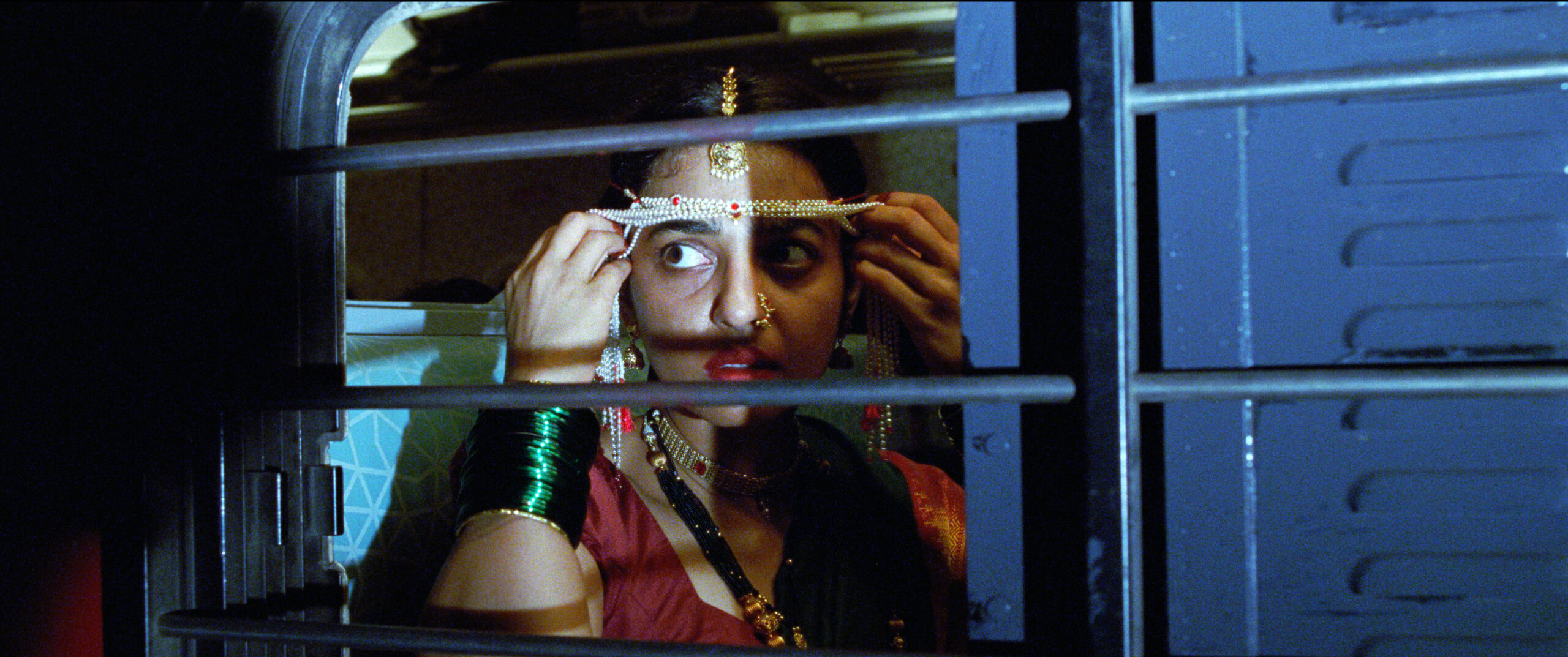Custom Printing Solution in Dubai

Business Card Printing: A Professional Essential for Brand Identity and Networking
In today’s competitive business environment, making a lasting impression is crucial. One of the most effective tools for personal and professional branding remains the humble yet powerful business card. Despite the rise of digital communication, business cards continue to serve as an essential asset in networking, marketing, and brand identity. Business card printing, when done right, communicates credibility, attention to detail, and professionalism.
The Importance of Business Cards
A business card is often the first tangible impression of your brand that a potential client, partner, or employer will receive. It is a physical reminder of your interaction, allowing the recipient to easily recall your services or contact information. A well-designed and professionally printed business card can:
-
Establish legitimacy and trust
-
Reinforce your brand identity
-
Promote your business or personal brand
-
Facilitate easier follow-up and continued communication
Even in the digital age, exchanging business cards remains a standard practice in conferences, meetings, and networking events. Unlike emails or LinkedIn profiles, business cards don’t require Wi-Fi or battery life—they're always accessible, tangible, and personal.
Design Elements to Consider
Design is a critical component of an effective business card. It should reflect the brand’s image and provide key information in a clear and attractive way. Here are essential design elements to consider:
-
Layout: The standard size of a business card is 3.5 x 2 inches, but designers can opt for square, rounded, or even die-cut custom shapes for uniqueness. The layout must be clean and easy to read.
-
Typography: Choose fonts that align with your brand personality. A legal firm might go for a classic serif font, while a tech startup might prefer a clean sans-serif. The font size should be readable, typically between 8-12 points for body text.
-
Color Scheme: Colors should be consistent with your branding. Use your logo’s colors and avoid too many clashing hues. Remember, color influences perception—blue conveys trust, red signifies energy, and green implies growth.
-
Logo and Branding: Your logo should be prominent but not overpowering. It should be placed where it naturally draws the eye without competing with contact details.
-
Information Hierarchy: Include your name, title, company name, phone number, email, and website. You may also add a physical address or social media handles if relevant. Prioritize essential information to avoid clutter.
-
Finishing Touches: Embossing, foil stamping, spot UV, and other finishes can add texture and sophistication. These enhancements help your card stand out and feel premium.
Printing Options
When it comes to business card printing, choosing the right materials and methods can greatly influence the outcome. Here are some of the most common options:
1. Paper Stock
-
Standard Matte or Gloss: Affordable and widely used. Glossy cards are vibrant and resistant to smudges, while matte cards offer a more subtle, elegant appearance.
-
Premium Cardstock: Thicker paper (14pt to 32pt) gives a luxurious feel and durability.
-
Recycled Paper: Ideal for eco-conscious businesses, with a natural, textured look.
2. Printing Techniques
-
Offset Printing: High-quality, ideal for large volumes, offering consistent color and sharp detail.
-
Digital Printing: Cost-effective for short runs, with fast turnaround times and the flexibility to personalize each card.
-
Letterpress: A premium option that creates a tactile impression, often used for boutique or high-end brands.
3. Finishes
-
UV Coating: Adds shine and protects against moisture and wear.
-
Lamination: Increases durability and gives a soft touch.
-
Embossing/Debossing: Adds depth and texture by raising or pressing the paper surface.
-
Foil Stamping: Metallic or holographic foils add a touch of elegance.
Why Professional Printing Matters
While DIY printing may be tempting, professional printing services ensure superior quality, color accuracy, and consistency. Professional printers use advanced equipment and high-grade materials that elevate the final product. Moreover, they offer design support, proofing, and finish options that are difficult to achieve with home or office printers.
Professional printers also help avoid common mistakes such as poor resolution, misaligned cuts, or incorrect bleeds. A poorly printed business card reflects poorly on your brand, making professional printing an investment in your image and credibility.
The Role of Business Cards in Branding
Business cards are more than just contact details on paper—they are extensions of your brand. A well-crafted card reinforces your visual identity, tone, and professionalism. When designed and printed strategically, business cards:
-
Build brand recognition
-
Convey your business personality
-
Encourage referrals and networking
-
Create memorable experiences
Your card should align with all other marketing materials, such as your website, brochures, and digital presence, to create a cohesive brand experience.
Conclusion
Despite the rise of digital networking, business cards remain an indispensable tool for professionals across industries. They symbolize preparedness, professionalism, and personality. Investing in high-quality business card printing not only communicates your brand’s values but also sets the tone for future relationships.
A professionally printed business card is not just a tool—it is a representation of your business, crafted to leave a lasting impression. Whether you're attending a conference, meeting a client, or simply making a new connection, a business card can be your most effective and memorable calling card.
ChatGPT can make mistakes. Check important info. See Cookie Preferences.
















































































